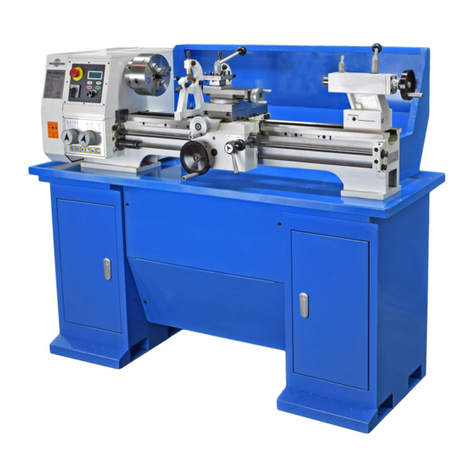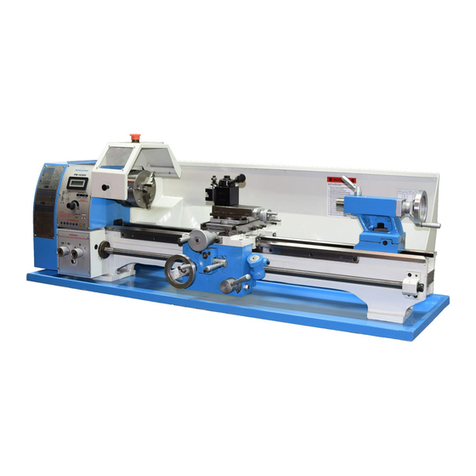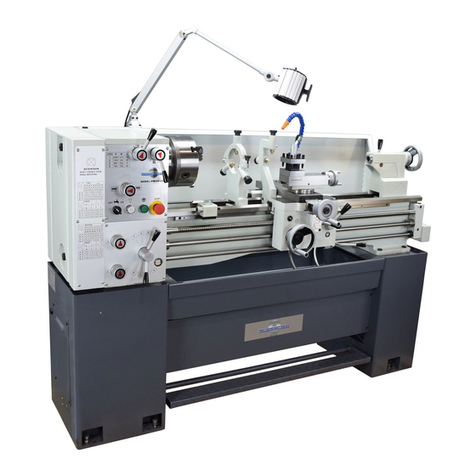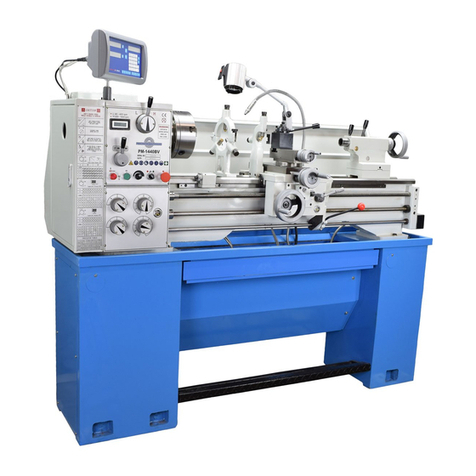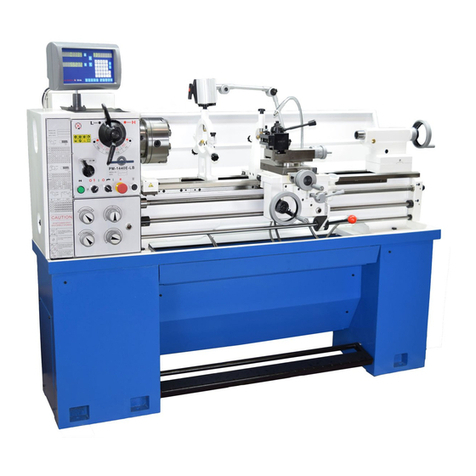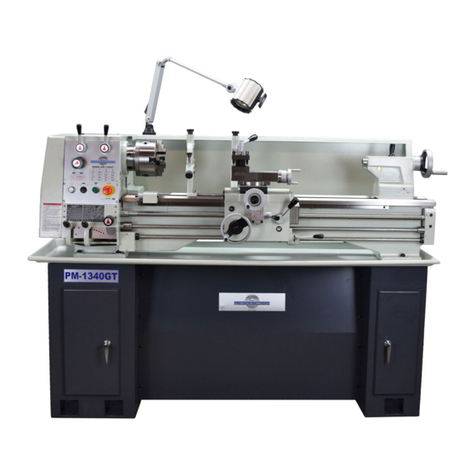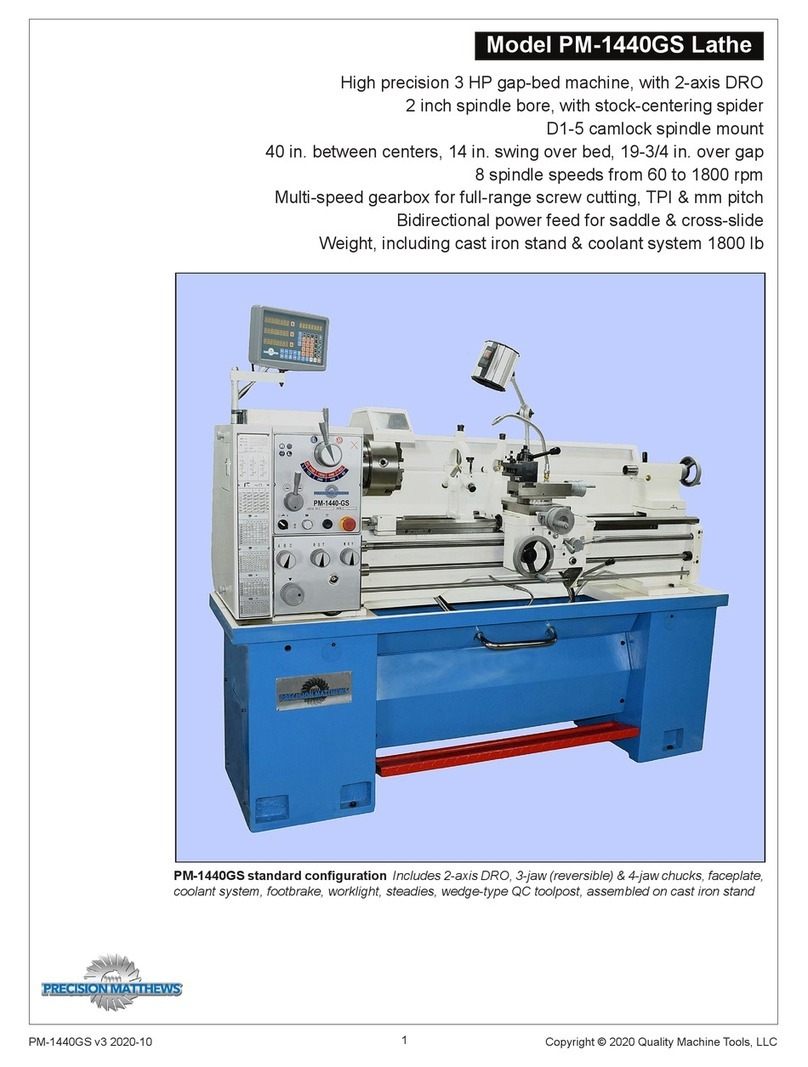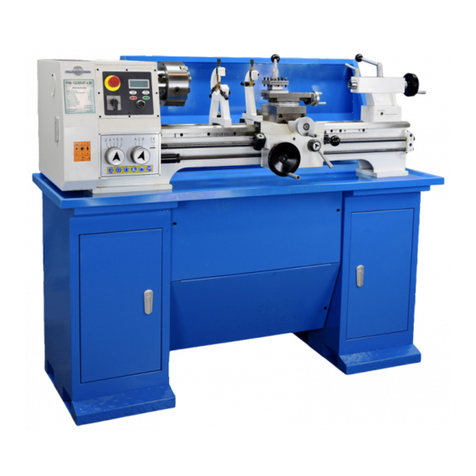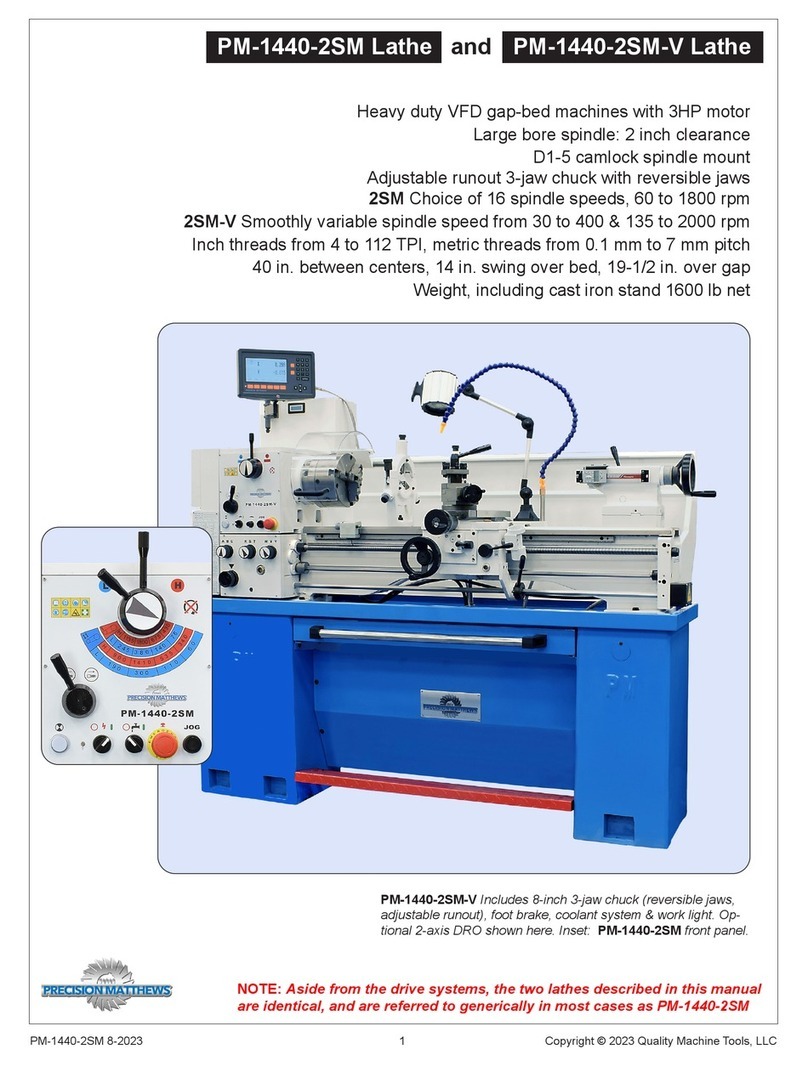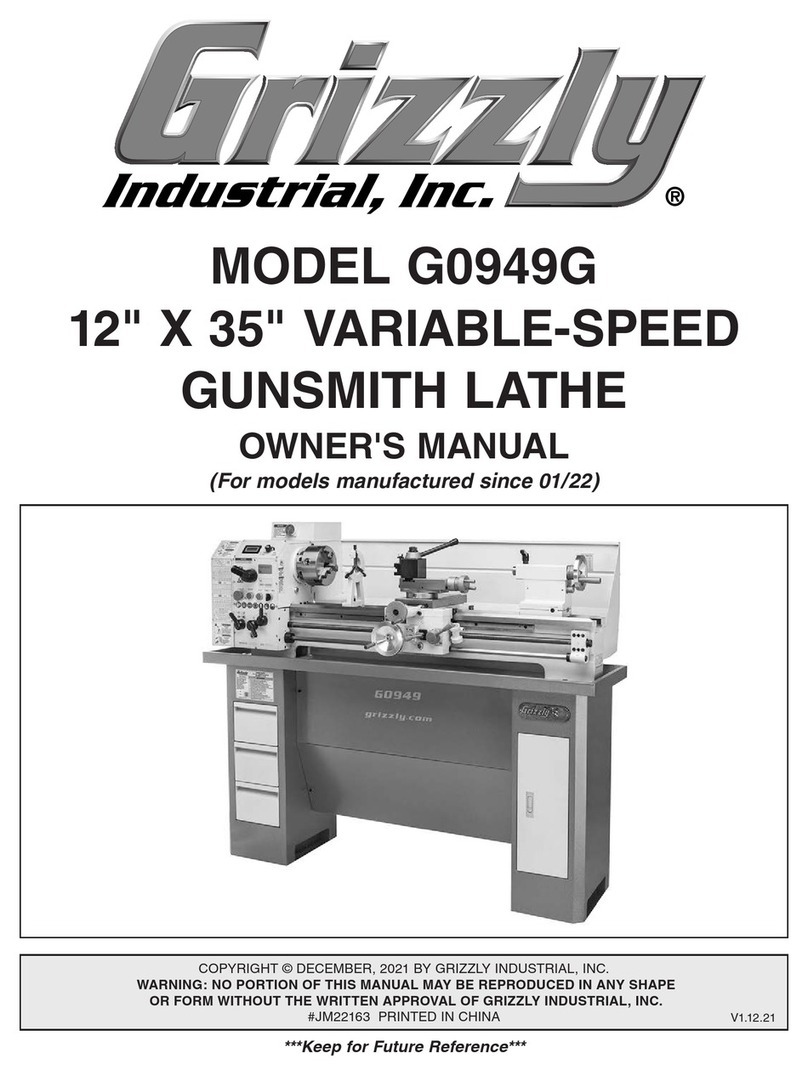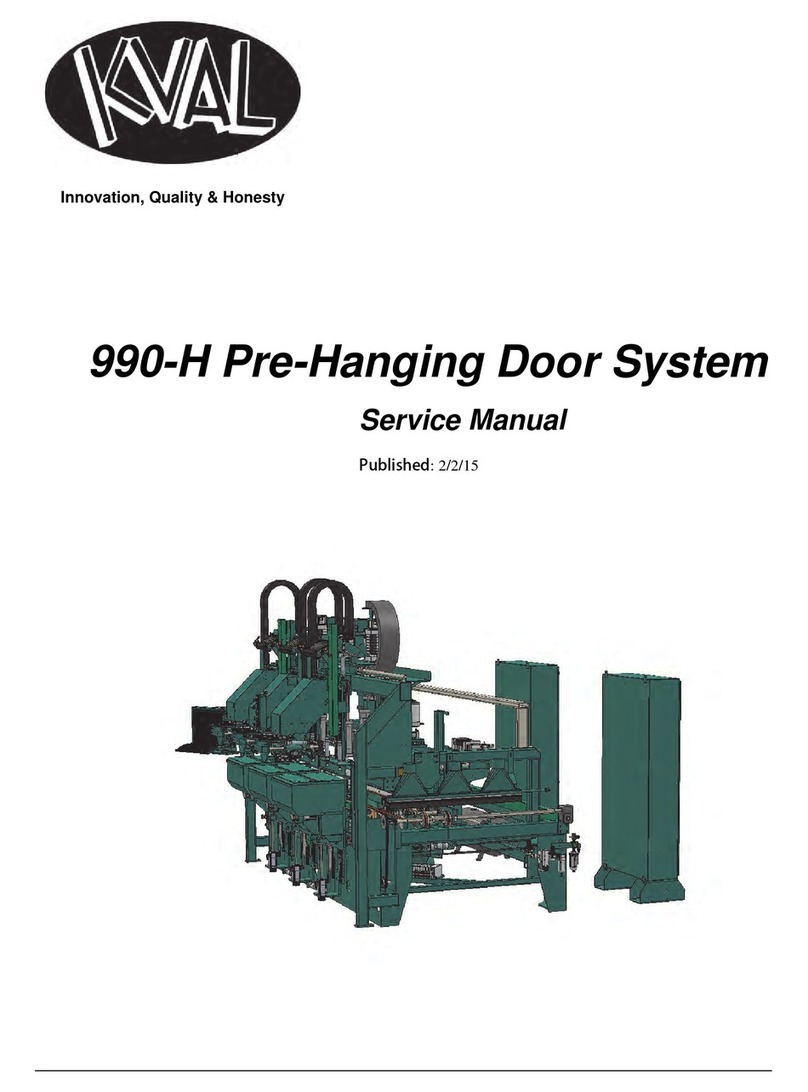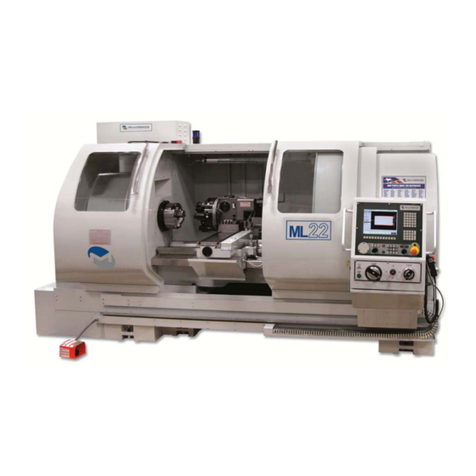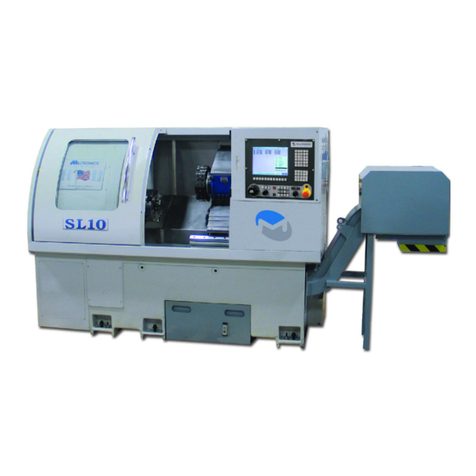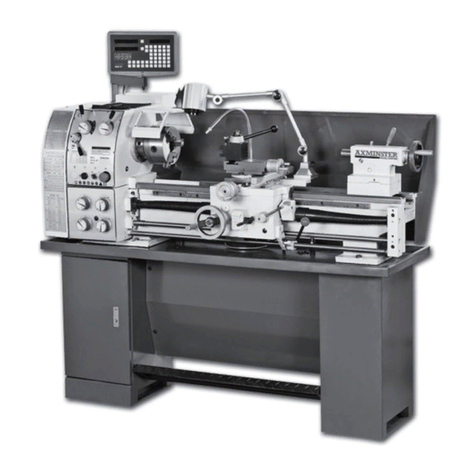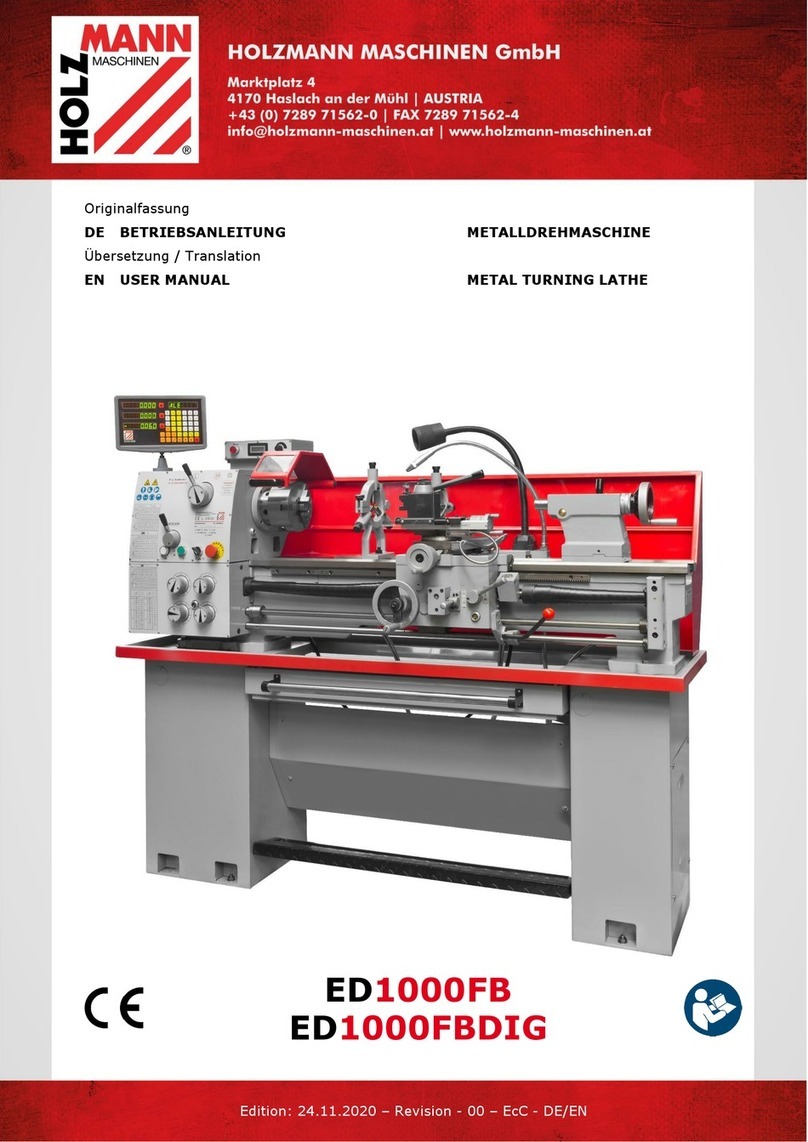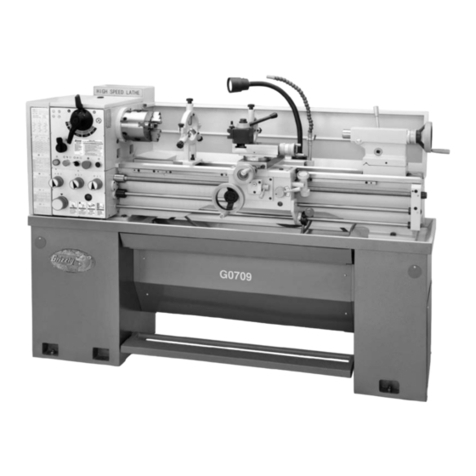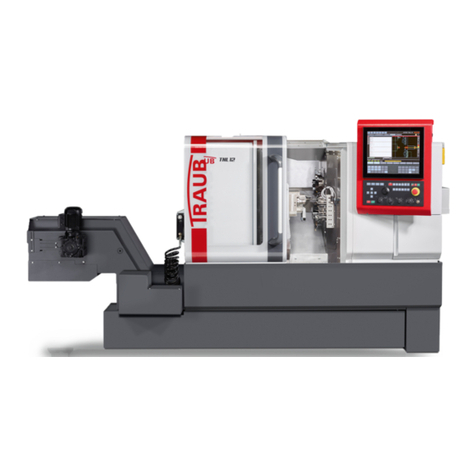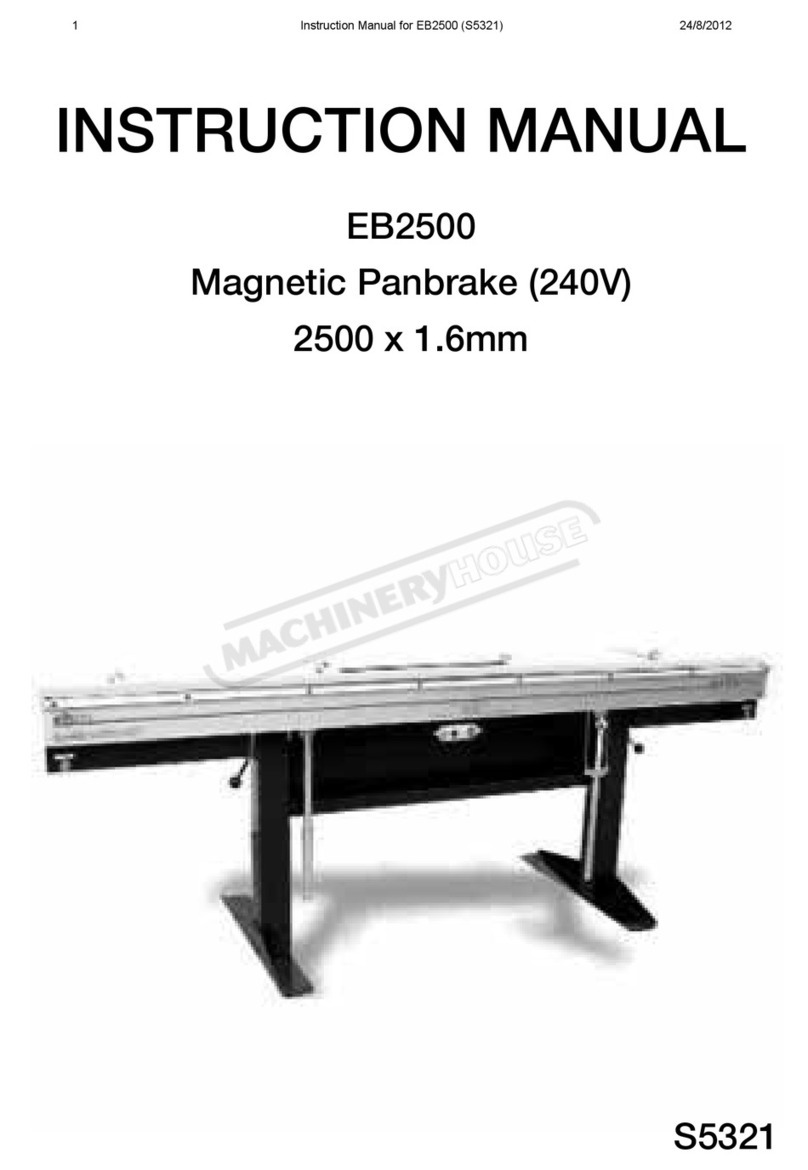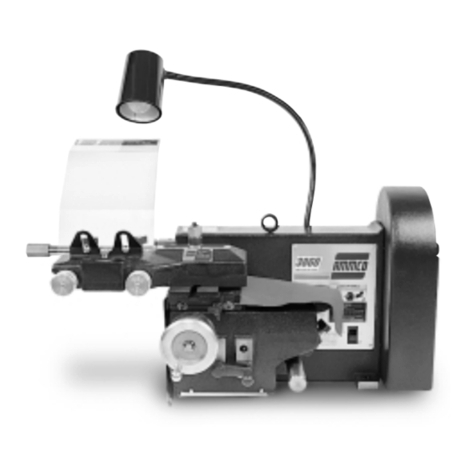
Machine Safety Rules
1. Stop the machine before servicing. Stop the machine before
making changes, removing debris, or measuring your work.
2. Don’t over reach. Don’t reach over the machine when it’s operating.
Keep your hands out of the way.
3. Turn the switch OFF. Turn the switch to off before plugging in the
machine. Turn the speed dial to zero before starting your machine.
4. Use proper tooling. Use only recommended accessories and
understand how they should be used before trying them out. Don’t
try to make a tool into something it isn’t or attempt to use a tool in
inappropriate ways. Remember to always use the proper tooling for
the material you are cutting.
5. Secure your work. Before starting your machine, be certain that
your work piece is properly and securely mounted. Flying metal is
dangerous!
6. Do not run the machine beyond its limits of travel. Before
starting your project, ensure that your work area does not go beyond
the limits of travel on your machine. Going beyond the limits of travel
will cause serious damage to your machine.
7. Run your machine at recommended spindle speeds and feed
rates. Always cut at the recommended speed and feed rates for the
type of metal that you are cutting for optimum performance. Do not
begin your cut until the machine has reached the full and proper
speed.
8. Do not change the direction of the spindle rotation Do not
change rotation while your machine is running. Changing the
rotation direction of the spindle while your machine is running could
cause serious damage to your machine.
9. Do not stop the spindle by hand. Always use your on/off switch to
stop the spindle from rotating.
10. Do not clear chips by hand. Metal chips are very sharp and can
easily cut your hand. Use a brush to clear chips.
11. Protect bed ways. When removing or installing tooling from your
lathe spindle, place a piece of wood or other material across the bed
to protect the ways from being damaged if the tooling is dropped.
12. Keep your machine maintained.
